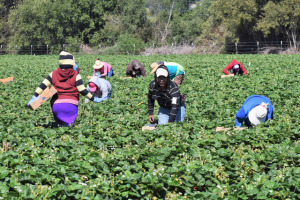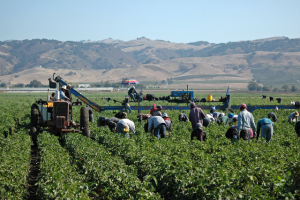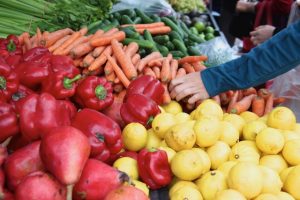Update: The Food Commons 2.0 lifts off the drawing board
January 20, 2012 Roots of ChangeAfter two years of conceptual designing and planning, the Food Commons has recently published its 2.0 version of its original and boldly ambitious concept paper that was first issued in March of 2010.
 In the 2.0’s Foreword, Fred Kirschenmann, a member of the Food Commons Coordinating Committee and a Distinguished Fellow of the Iowa State University Leopold Center, states, “It is a regional, whole systems demonstration project, which can serve as a model for actualizing the food revolution in communities everywhere.”
In the 2.0’s Foreword, Fred Kirschenmann, a member of the Food Commons Coordinating Committee and a Distinguished Fellow of the Iowa State University Leopold Center, states, “It is a regional, whole systems demonstration project, which can serve as a model for actualizing the food revolution in communities everywhere.”
The 2.0 is an innovative and comprehensive blueprint for a national network of regional food systems. It first describes the vision, which includes the value proposition, the core components, and the foundational principles for a thriving and prosperous system to effectively and efficiently bring high quality food from regional farms and ranches to local markets. Then it lays out the strategies for realizing the vision.
The potential for such an alternative food system is huge. For example, in southern California where $57 Billion of food products are consumed each year, less than 1% of this food comes from the region itself. But to think only in food dollars misses the true opportunity of the Food Commons. The Food Commons is designed to:
· Make regionally and sustainably grown food accessible to all.
· Create new jobs and small businesses, which will revive and reinvigorate local economies and strengthen communities.
· Reduce diet related chronic illnesses and significantly enhance the health of people across the country.
· Reduce the barriers to entry for new farmers and ranchers and stop the decline of mid-sized family farms restoring them to health and prosperity.
· Enhance the culture of our communities, restore values back into the business world, and rejuvenate democracy.
The next step is to build proof of concept, demonstration prototypes in 1-3 large sized communities and to create the national support structures.
For more information and to download the full report please visit, www.thefoodcommons.org



